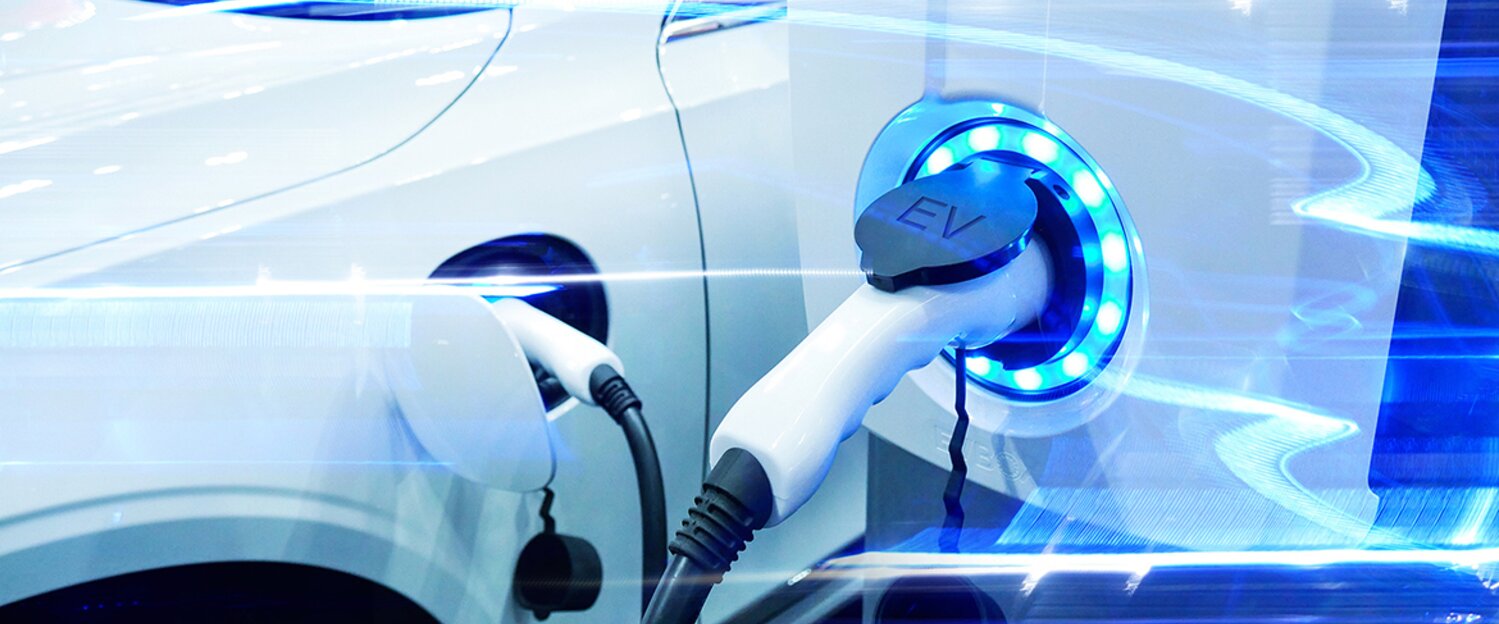Before deploying electric vehicle charging stations, Weiss Technik recommends conducting environmental simulation tests to determine how the devices respond to different weather conditions. Test chambers from the ClimeEvent series from the Reiskirchen company are recommended for the climate tests. Manufacturers and testing institutes can use the tests to make accurate statements about the lifespan of the charging stations and predict how long users can safely charge their vehicles.

Public charging points for electric vehicles can be found near the coast, at busy intersections or in parking garages. Depending on the location, various environmental factors influence the housing of the charging points. The complex internal functioning is also affected – this raises the question of the resilience of the charging points.
Recommendations for random testing
Weiss Technik has addressed this problem and developed comprehensive recommendations based on solid testing expertise from the automotive industry. Standards that the charging stations must meet do not yet exist. Weiss Technik therefore suggests that manufacturers randomly conduct various environmental simulation tests – themselves or at a test institute.
In the test chambers of the ClimeEventseries, for example, fully assembled charging points that are not yet energized are exposed to the climatic conditions that they will later have to withstand most. This provides manufacturers with precise information about the response of the components and how long the charging points will continue to function (i.e. how long they guarantee safe charging).
Dealing with moisture and particulate matter
Corrosion testing with devices such as the S.iS, Schip or CCiP chambers Ascott enable manufacturers to analyze how fog or salt air affects the housing and individual components – especially whether there are safety-relevant issues during continuous use in corrosive environments such as those near the coast. On the other hand, dry corrosion occurs in garages or parking garages. In this process, corrosive gases, especially CO₂, cause chemical reactions in the materials. For both forms of corrosion, Weiss Technik recommends test procedures according to the EC 60068-2-60 standard.
In city centers and parking garages the air contains high concentrations of coarse and fine dust. If the housing of the charging point is not properly sealed, dust deposits on the internal components can lead to functional limitations, malfunctions due to heat that is difficult to dissipate or short circuits. This is countered by the highest possible IP protection against the ingress of foreign substances and water. The housing can be tested according to the DIN EN 60529 standard. The ISO 20653 test method for particulate matter tests how dust can be kept away or removed.
Brave temperature fluctuations
The temperature differences between day and night also influence the charging point. After a cold night, it warms up with the first rays of sunshine – faster on the outside than on the inside. Dew and condensation then form. Condensation tests show where moisture forms, but also drains, evaporates or poses a risk. Precise precautions can then be taken by insulating or heating components to minimize the effects of temperature differences. The test procedure can be carried out analogously to the testing of electronic components in the automotive industry according to the DIN EN 60529 standard.
For manufacturers who want to distinguish themselves from the competition with the safety and sustainability of their charging points, Weiss Technik offers comprehensive test advice, including suitably designed test systems.
Source: Weiss Technik GmbH.